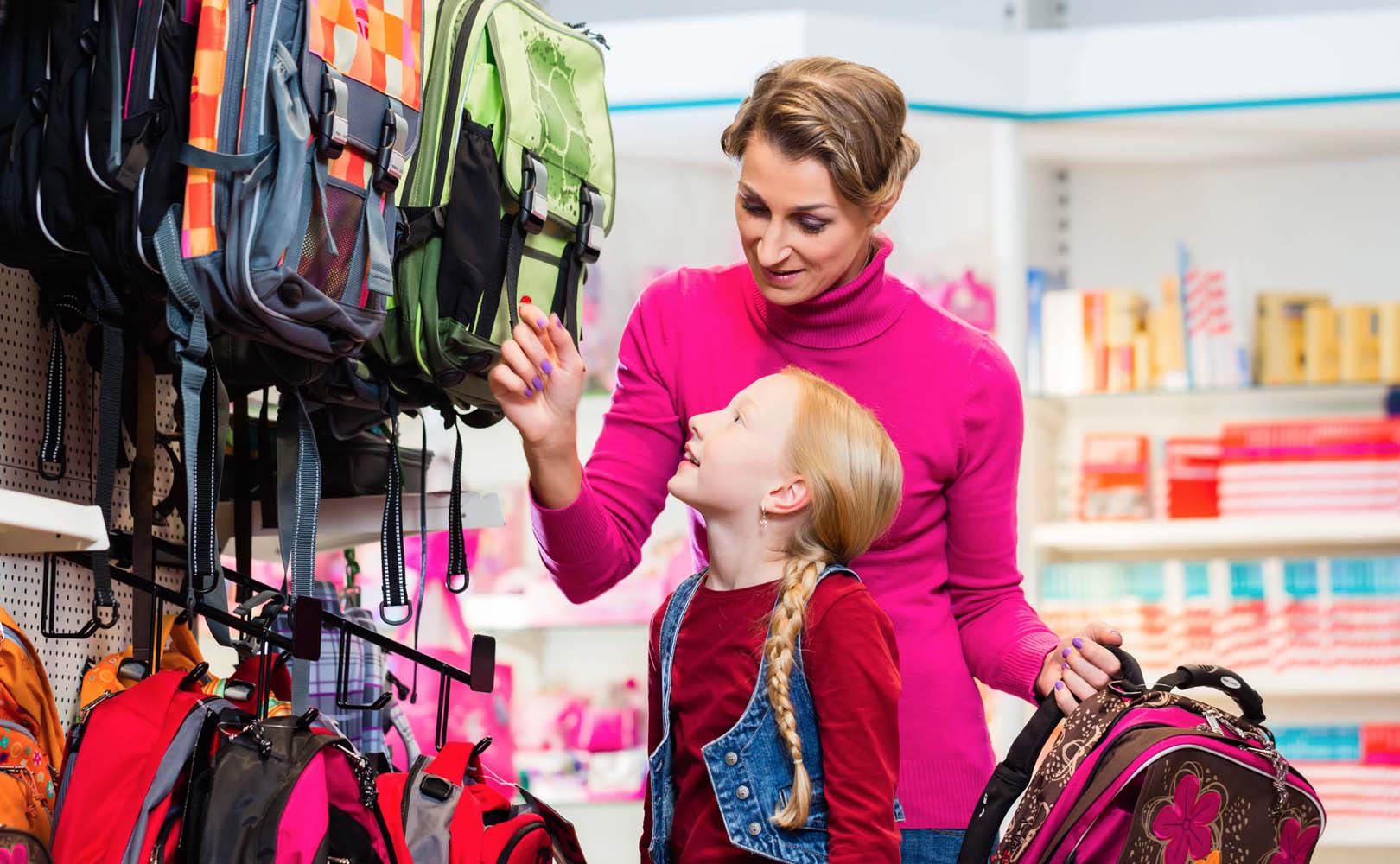I wrote earlier this summer about using the classic lemonade stand to teach your kids about money. Back-to-school shopping is another great opportunity to continue the financial education.
I decided to be proactive this year with my 8- and 9-year old children and get them even more involved in the process than last year when I let them help shop for one or two key items like a new backpack. Here are the steps we followed:
- Take inventory. Before they created a list of what they need for back-to-school, I had them make a list of what and how many items they have, such as shirts, leggings, hoodies, etc. We used this process as an opportunity to go through the drawers and get rid of clothes that are too small or they just don’t wear any more. I channeled my inner Kon Mari and asked them to only keep items that “give them joy”.
- Make a list. After they knew what they had, I had them make a list of all the things they thought they needed to make sure they have enough of every item for the beginning of school. In addition to various clothing items, the list included items like a backpack, lunch box and water bottle if they thought these items needed to be replaced.
- Estimate the cost. I then handed them the ipad and asked them to estimate the cost of the items they needed. They identified specific items (e.g., an emoji backpack for my daughter) and cost using Amazon.
- Prioritize. They then totaled the cost of all the items they thought they needed. If the total was greater than the budget I provided to them, they then had to go back through their list and decide which items were really necessary and which items they could do without.
- Shop smartly. With lists in hand, we headed to the mall. I told them we were just going to browse items to see if we could get a better deal than online. However, given that several of the items on their lists were on sale and cost less than online, I told them we could buy them if that is what they really wanted or we could continue shopping at other stores to see if we could find a better price. The point of this exercise was to teach them to look around for the best price.
In the end, my kids learned a few key money skills. They learned how to build a budget, prioritize needs over wants and shop for the best price. I will continue to reinforce these skills throughout the year and will also layer in the concept of quality vs. price. Next year, I plan to give them even more responsibility over the back-to-school shopping process, possibly with a larger budget that is supposed to cover an even longer period of time.

